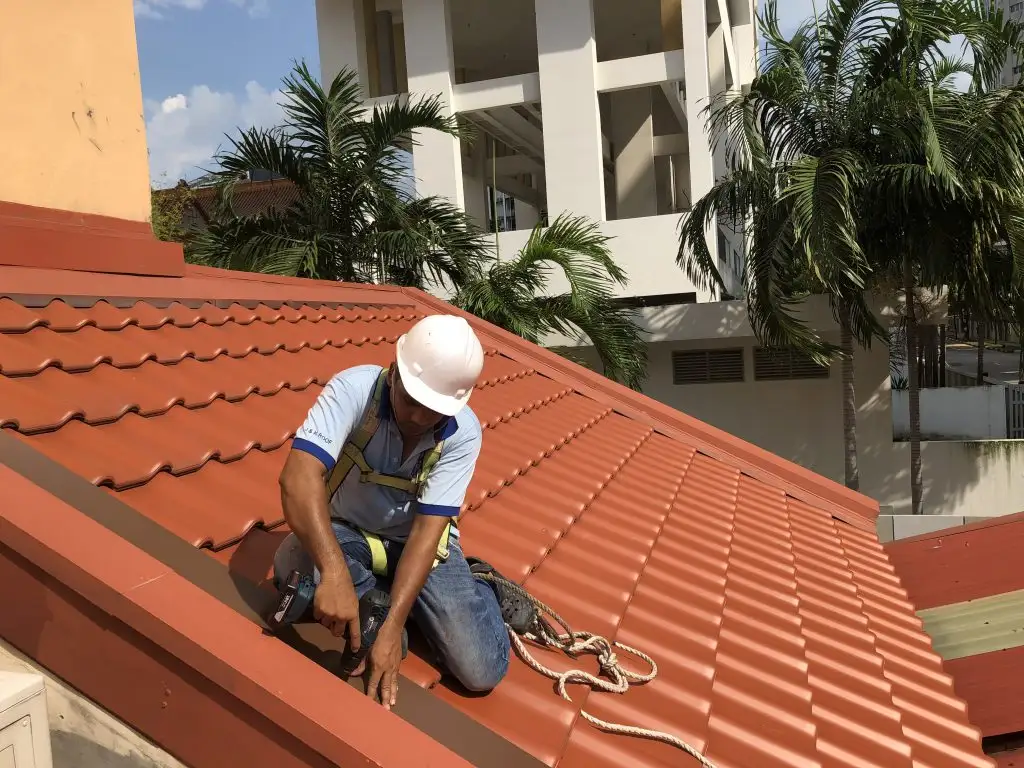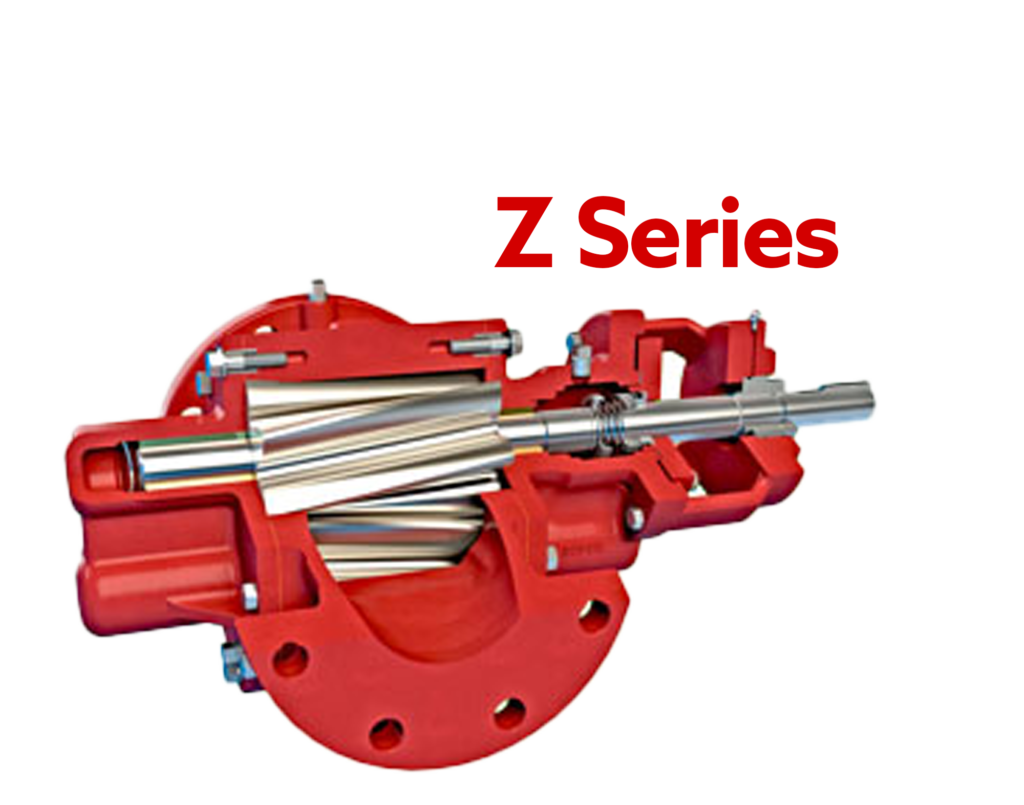Things To Know About The Plant Propagation Products

Plant propagation products are used to propagate plants from cuttings, offsets or seeds. The plant propagation products are used in the gardening industry by professional gardeners and amateurs alike.
The plant propagation products can be categorized into three groups:
- Bare root plants – these are young plants which have been harvested from the fields while they are still dormant. They are then packed in boxes that contain moisture, until they begin to sprout new leaves.
- Containerized plants – these plants also start their life as bare roots but are grown in small pots before being transplanted into larger ones later on.
- Seedlings – seedlings are grown directly in their own soil or potting mix and do not require any additional care once they have been planted. Some seedling varieties of certain species need to be “hardened off” before being planted outside because they need time to adapt from living indoors to living outdoors.
Plant propagation is the process of producing new plants from a plant or plant part. It generally involves the use of specialized reproductive organs, such as flower buds, root cuttings and seeds. The practice is used to reproduce plants for sale or personal use, or to propagate plants with specific characteristics for future planting.

There are many different methods of plant propagation, including grafting, layering and division. Each method is suited to specific plants, but all have one thing in common: They allow you to “clone” your plants so that you can produce multiple specimens of the same plant.
Modern plant propagation techniques are based on centuries-old methods that have evolved over time into today’s more sophisticated techniques.
The main methods of plant propagation are as follows:
Cutting – A cutting is a piece of a plant that has been taken off and given its own root system. Cuttings can be taken from just about any part of the plant, including stems, leaves, roots and even buds.
Grafting – Grafting involves two different plants being joined together so that they grow as one (see picture). There are many different types of grafts including whip grafting and cleft grafting. Commonly used for plants that have similar requirements for soil type, light levels and watering regimes.
Seed – Seeds germinate into seedlings which are then grown on until they are large enough to be planted out in the garden or greenhouse or even sold on as young plants. Seeds are usually sown directly into trays or pots where they will germinate but can also be sown directly into the ground where they will germinate at their own rate once conditions are right for them to do so





